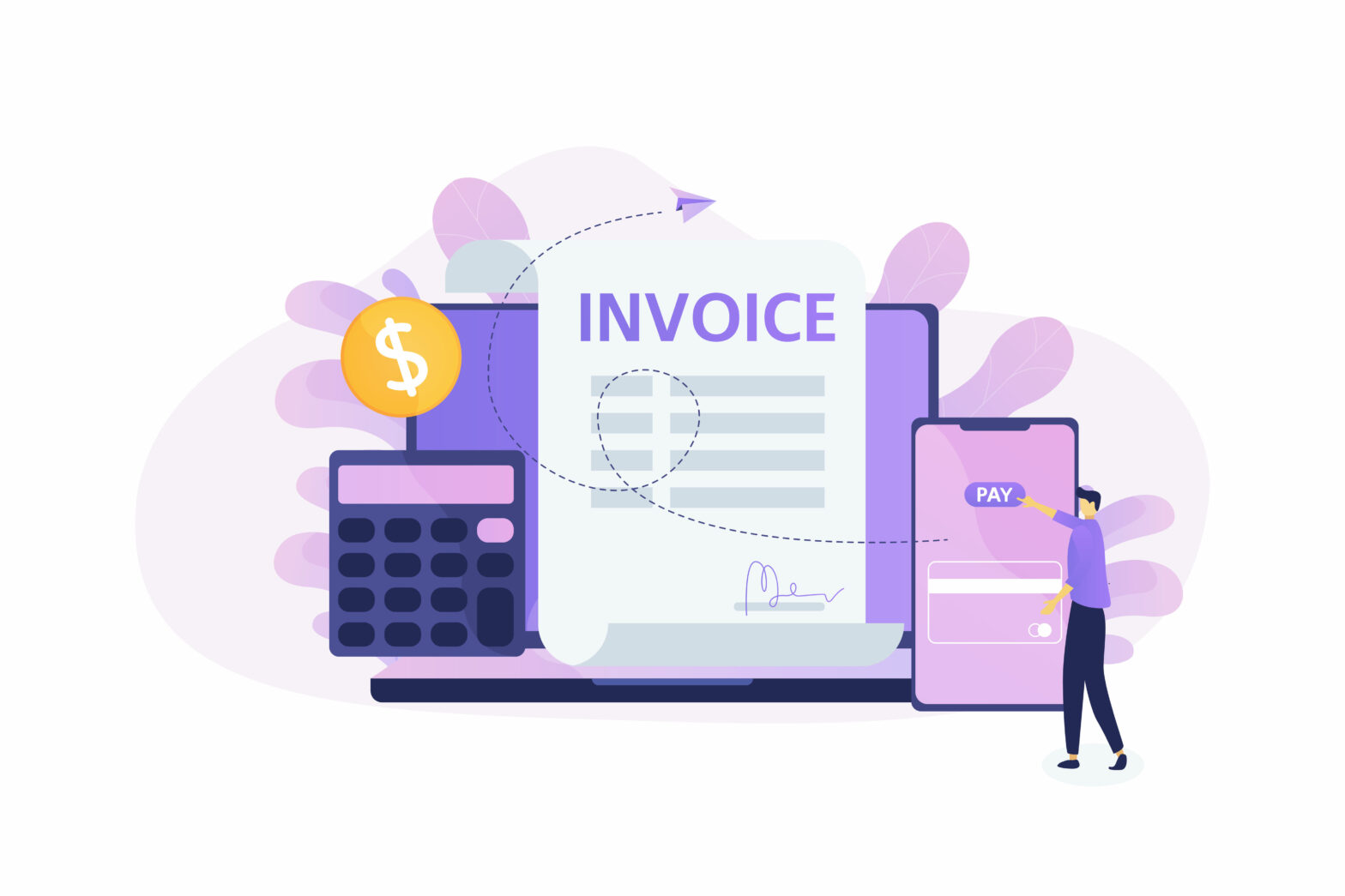A huge 99.9pc of the UK’s 5.7 million private sector businesses are SMEs, making them crucial for a healthy economy and jobs market. But the failure rate of SMEs is staggering, with less than half surviving beyond the first five years. Maintaining operating cash flow is a massive cause of business failure because of the way business lending for SME finance is assessed.
Funding is a major barrier to SME growth, with more than half of SMEs struggling to get the funding they need to help boost productivity develop their product offerings and scale as a business, according to Close Brothers.
Often, many resort to selling stakes of equity to secure the much-needed cash that could take their business to the next level.
Difficulties SMEs face getting funding
Small businesses often struggle to get funding as they are deemed too much of a risk and are not making enough turnover to convince prospective lenders. Heritage banks require businesses to have strong personal and business credit scores— and the latter may not be something an SME will have if they haven’t taken out a business loan in the past, or if they have existing debt from other lenders.
Banks also demand a track record of generating profits over a specific time period as proof of success and credibility. Legacy banks are also scared to lend or increase credit lines without a matching increase in collateral from the SME. It’s often difficult for SMEs to gain medium-term loans thanks to a mismatching of the maturity of assets and liabilities. Smaller firms are unlikely to have substantial assets that can act as security against borrowings, and younger companies will be less likely to have established good relationships with a heritage bank. Generally, legacy banks will ask for personal guarantees from small business owners and will set interest rates at higher levels than those charged to established businesses.
Which is better – debt or equity?
Venture capital financing can provide a startups with financing, mentorship and expert guidance, helping them make crucial decisions as the business grows. As well as this, VCs often allow entrepreneurs access to large professional networks, enabling them to make strong connections which could help further down the line; all great benefits as a VC will be repaid in company profit so they want their businesses to have the best chance.
By the same token, VC financing means the entrepreneurs lose an amount of control; the more money a VC invests, the more of a stake they generally have in the company. The size of the investor’s stake could mean they have the controlling interest over the business – not what an entrepreneur wanted when they started their business.
An alternative to VC funding is getting a loan, which could be an option for SMEs via commercial lenders such as heritage banks or private lending institutions. Though commercial lenders will review your business plan, entrepreneurs do get to keep control over their business operations and the business’ finances.
See also: Fifteen ways to raise £1 million in business finance
Further, commercial lenders aren’t entitled to any of your profits, and only require the debt to be repaid; and interest payments can be deductible from your taxes.
On the downside, all loans accumulate interest which can build up quickly. Commercial lenders follow strict SME finance guidelines and so will need detailed company information including structure, profit and cost predictions and projections for growth as ultimately, they need to know you’ll be able to repay the loan.
As well as this, most loans require collateral, which means entrepreneurs risk losing a valuable asset should they end up in the position where they can’t repay the loan. This is a huge issue for ecommerce start-ups who may not have tangible goods or other assets to secure a loan against.
How to secure an equity investor
While equity funding isn’t for everyone, those startups which do consider it as a route to financing their growth need to put themselves in the best possible position to secure it. You need to ensure the investors approached are looking to invest at the stage your business is at — there’s no point in targeting those looking for something you can’t offer at this point.
Related: Why won’t investors back your small business?
Entrepreneurs should also be sure to have a detailed and realistic business plan that includes details of how the business will develop, finances be managed, and how financial projections support the long-term goals.
One major stumbling block is failing to calculate the value of the business accurately, analysing possible cash flow and completing a market comparison with other businesses. This needs to be done properly so potential investors understand what your business is worth and whether they should invest or not.
Securing an equity investor requires you to deliver an engaging pitch and be prepared for every question you might face about your business’s weaknesses and positives. Don’t go out with the belief your business is flawless — recognise pitfalls and make sure you’re prepared to tackle them. Honesty and business understanding will always come through.
Alternative SME finance
If equity funding or loans aren’t routes that are right for the business, there are alternative options available, such as financial services companies which provide funding specifically tied to a company’s operational costs. This method of raising capital can help ecommerce brands in particular to finance major costs such as digital ad spend.
These lending products involve analysing your company’s data in terms of ad buying and sales to determine a purchase line limit and flat repayment fee. This means businesses can avoid a difficult fundraising process, and secure funding without needing to rely on a heritage bank or other lender. This also means there’s no need to give up board seats for funding through equity, so entrepreneurs can retain control over their business.
Since this SME finance isn’t provided as a loan, businesses don’t need to provide collateral or risk valuable assets. Plus, there’s also no need to worry about interest racking up. Unlike VC funding, this form of funding must be repaid, but it can be done through a revenue share from sales, so SMEs know exactly how much each repayment will be per sale before they accept any funding.
At a time when there are more options than ever to fund your business growth, it’s crucial that entrepreneurs stick to their long-term growth plans and that they’re aware of the risks and advantages of each form of funding.
Knowing more about the SME finance options available means small businesses will be able to make the best decision about how best to grow their business.
Philip Belamant is CEO of Zilch for Business
Further reading
Half of SMEs unable to access all funding needed to grow
Small business finance – the complete guide
Looking for finance? SmallBusiness.co.uk is working in partnership with trusted lenders to find the best business funding deals. Find out more here.




